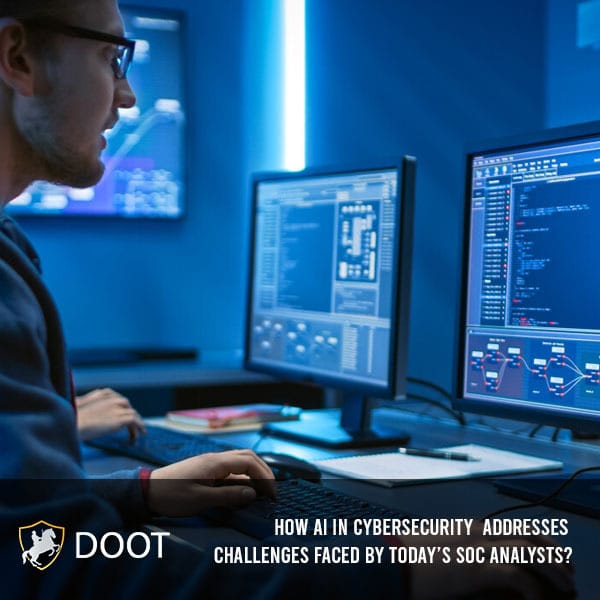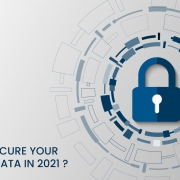
The relevance and concerns faced in cybersecurity are boundless. The advancement of the internet and digitalization has modified the definition, purpose and motivation of cyber threats. The development of artificial intelligence in the business domain has paved the way for a data security solution in cybersecurity to address its major issues and challenges.
Cybersecurity challenges in the recent years
Before venturing into how AI improves cybersecurity as a data protection platform, let us catch a glimpse of the major threats faced by cybersecurity today.
- In the prevailing digital setup, cyber attacking is no more on an individual level. It has been reported and studied that the cyber assaults that occurred lately, were the fruits of meticulous planning of criminal organizations and well-trained militaries.
- compared to the earlier times, the magnitude of these virtual attacks has shot up considerably. Attackers misused software with the help of “sneakernet” devoid of any automation, particularly on any single device or cluster of computers. However, over the course of time, attackers have managed to set the rat trap over the internet on all devices across the world.
- With the presence of social media platforms and the Internet of Things (IoT) prevalent, the possible repercussions of the infringement have heightened greatly.
Emerging concerns encountered by SOC’s
- In-house ineffectiveness in security operations- the growing digital transformation, has made supervision unmanageable and complex. Most organizations ask for an advanced data security solution.
- Security analytics is the major issue- with the increasing rapidity of the online sectors, collecting and securing data has turned into an onerous task. On the journey forward, organizations need a strategic approach to avert redundancy, to decide how much data needs to be stored online, the time required to process the data etc.
- The dire need for an open and integrated security platform- SOC’s require a data protection platform that integrates data from various sources.
How AI and cybersecurity go hand in hand?
Now that AI has promised to deal with cyber safety concerns, it intervenes in two phases. The initial phase involves creating an insight into the general outlook of the network data traffic, pull out understandings about the threats and attempts to figure out the oddities in the network traffic. The second phase is about taking actions against the identified anomalies and threat profiles.
Unlike the traditional security measures that employ signatures or indicators, AI takes up the baton from human power thus enacting the role of a data protection platform. It deploys the threat hunting process through integrating behavioural analysis contributing to 95% of the threat detection by AI.
- Managing vulnerability. User and Event Behavioural Analytics (UEBA) scrutinizes the baseline behaviour of the accounts, endpoints and servers. It also recognizes deviant behaviour patterns.
- Data centres. Artificial Intelligence enables supervision of data centre processes like backup power, internal temperatures, bandwidth usage etc. Moreover, AI provides frequent notifications on the fixation of the equipment which in turn mitigates the hardware maintenance expenses.
- Network Security. AI analyses network traffic patterns to promote functional grouping of security disclosures and workloads.
Wrapping up
Data needs protection from manipulation and invasion. The intervention of artificial intelligence is not the ultimate solution for cybersecurity issues. This data protection platform has its pros and cons regarding cyber safety challenges and threats.
Nonetheless, AI is the next field of battle for the coming years.










Leave a Reply
Want to join the discussion?Feel free to contribute!